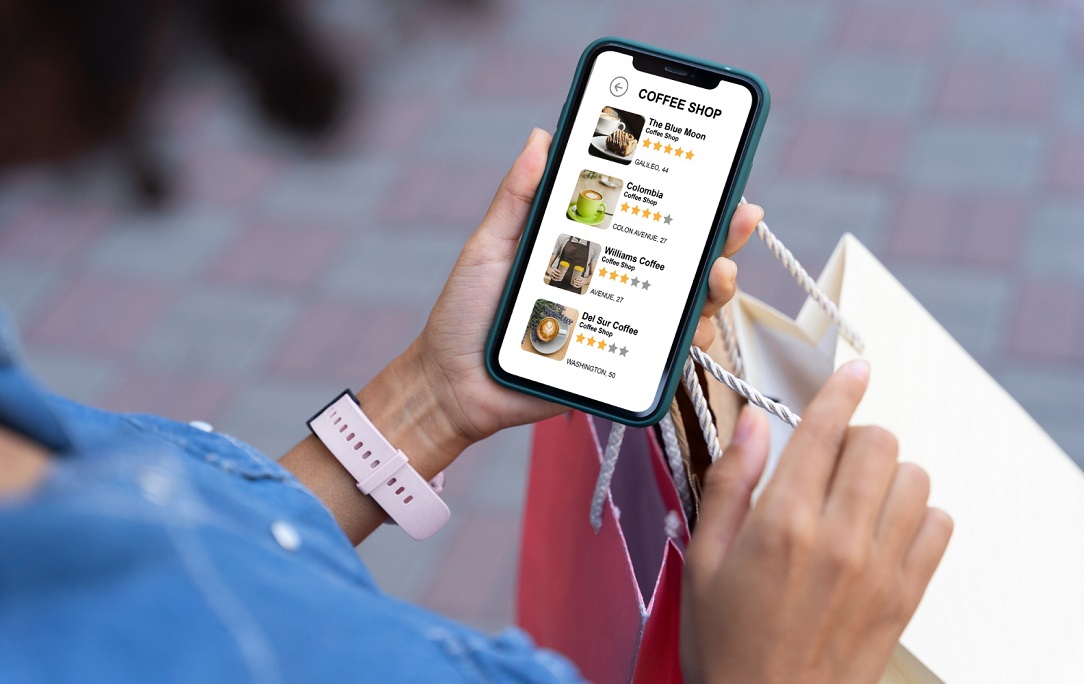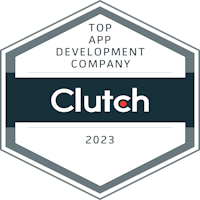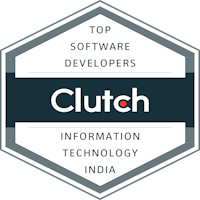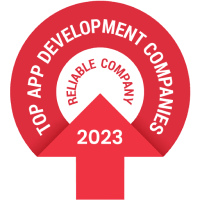The meteoric rise of on-demand applications is no accident; it’s a strategic response to the immense target audience and market enthusiasm.
Among them, food delivery apps have emerged as the true champions, and Uber Eats, Grub Hub, and Zomato stand as prime examples of their success.
What sets these apps apart is their ability to seamlessly blend intuitive navigation, user-centric features, and exceptional convenience.
This fusion has sparked a revolution in the on-demand food delivery market. To create app like UberEats, harnessing the power of food delivery app development is the key to unlocking this world of user-centric innovation and culinary convenience.
Why Create a Food Delivery App Like Uber Eats?
The online meal delivery market is expected to reach a staggering $323.30 billion in 2022, per the most recent Statista statistics. Furthermore, it’s predicted to maintain robust growth with a 7.6% CAGR from 2022 to 2027.
This thriving industry has been substantially fueled by innovative food delivery apps like Uber Eats, offering users the convenience of exploring a diverse array of restaurant menus and swiftly delivering their culinary desires to their doorsteps.
This win-win scenario not only benefits users but also provides a valuable platform for restaurants. The ongoing global pandemic has acted as a catalyst, with remote work and home-based living driving the demand for food delivery.
After a long and demanding day, the ability to order food from cherished restaurants has become an essential part of our daily routines, and there’s no indication of it slowing down.
If you’re considering food delivery app development, here are some compelling statistics to underscore the immense potential:
- The current market size of online food ordering and delivery platforms in the UK is projected to reach $3.3 billion in 2023.
- Major players in the UK food industry have enjoyed a remarkable 29.4% annual growth from 2018 to 2023.
- In 2023, the UK is anticipated to retain its strong growth rate of 7.2%. These figures highlight the promising prospects in the world of food delivery app development.
Overcoming the Top Challenges in Food Delivery Market Entry
1. High Cost of Entry:
Developing and maintaining a food delivery app can indeed be a substantial investment. It involves costs related to software, hardware, and development. However, there are strategic ways to mitigate this financial challenge.
- Seek budget-friendly technology options that align with your business goals.
- Target a specific market segment, enabling you to allocate resources more efficiently.
- Collaborate with local eateries to leverage their existing delivery infrastructure. This minimizes the need for extensive logistics and associated expenses.
- By partnering with local restaurants, you tap into their loyal customer bases and promote your app within the community, lowering customer acquisition costs.
2. Fierce Competition:
The food delivery market is indeed saturated with established players, making differentiation a critical challenge. To stand out, consider these strategies:
- Focus on providing a distinctive and personalized experience for users. This can include offering a broader selection of restaurants.
- Prioritize faster delivery options to outperform competitors.
- Hire Android app developers and develop and implement innovative app features that set you apart from the competition and enhance the user experience.
3. Complex Operational Management:
Efficiently managing operations in real-time, and coordinating between restaurants, drivers, and customers, is a complex task. Overcoming this challenge requires sophisticated operational solutions and the expertise of a skilled development team.
- Invest in robust operational software that streamlines order processing, dispatching, and communication.
- Collaborate with experienced app development companies who can design, implement, and maintain the necessary systems to ensure smooth operations.
Factors Affecting a Food Delivery App’s Development Cost
The development cost of a food delivery app is influenced by several key factors:
Food Delivery App Business Model:
Your chosen business model, whether it’s an aggregator platform or an in-house delivery service, will impact the overall development cost.
Required App Functionality:
The more features and functionalities you need, such as real-time tracking, payment processing, and menu customization, the higher the development cost.
UI/UX Design Complexity:
An intuitive and visually appealing user interface will add to the cost but can enhance user engagement and satisfaction.
Operating System:
Developing for a single platform (iOS or Android) is more cost-effective than building for both initially.
Hiring Model:
Whether you hire a development team in-house or outsource to a food delivery app development company can affect the overall cost.
Technical Framework:
The choice of technology stack and third-party integrations can influence development costs.
Development Rates in Selected Regions:
The cost of development varies by region, with regions with higher living and development costs typically charging more.
How Does a Food Delivery App Work?
A food delivery app functions through a structured process that involves four primary stakeholders: customers, restaurant owners or merchants, delivery personnel, and the platform administrator. Here’s a concise breakdown of how a typical food delivery app operates:
- A customer initiates the process by launching the food delivery app and choosing their desired restaurant.
- The customer explores the restaurant’s menu, handpicking the food items they wish to order.
- The customer enters their delivery address and payment details before confirming the order.
- The order is transmitted to the restaurant, allowing them to start the preparation process.
- The restaurant begins preparing the selected food items, ensuring they are well-packaged for delivery.
- A designated delivery driver collects the order from the restaurant and delivers it promptly to the customer.
- Once the order is successfully delivered, the platform administrator deducts its commission and releases the remaining order value to the restaurant, concluding the transaction.
Final Cost to Develop a Food Delivery App
Wondering about the average on-demand food delivery app development cost in 2023? A quick search on the web will yield a broad price spectrum, ranging from $40,000 to well over $300,000.
The actual cost can be highly variable and hinges on factors like the app’s features, the chosen platform, and the food delivery app development company you engage.
Not to fret, though! In this article, we’ll delve into a comprehensive analysis of the pivotal elements that sway the on-demand food delivery app development cost. Additionally, if you’re working within budget constraints, we’ll also share some invaluable tips to streamline mobile app development expenses while ensuring a top-notch food delivery app reaches the market.
Conclusion:
While major players like Uber Eats dominate a significant market share, the food delivery industry remains ripe with untapped potential. This dynamic sector offers numerous openings for newcomers to disrupt the status quo and spearhead market leadership through innovative approaches.











